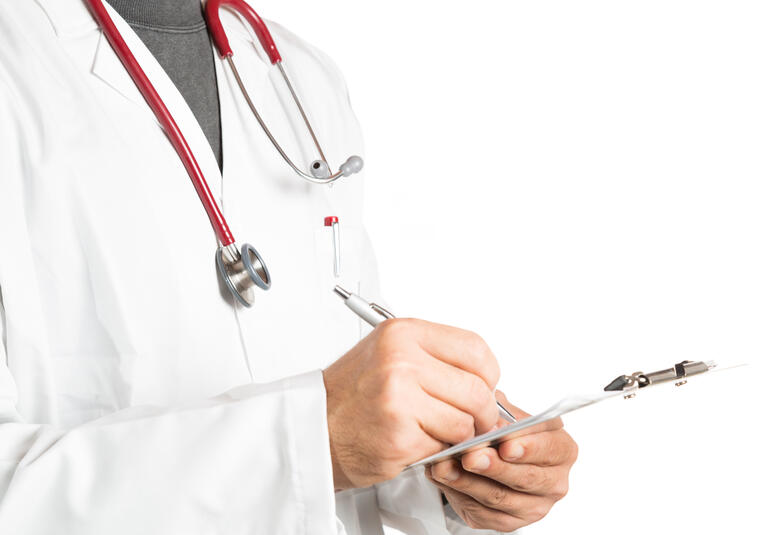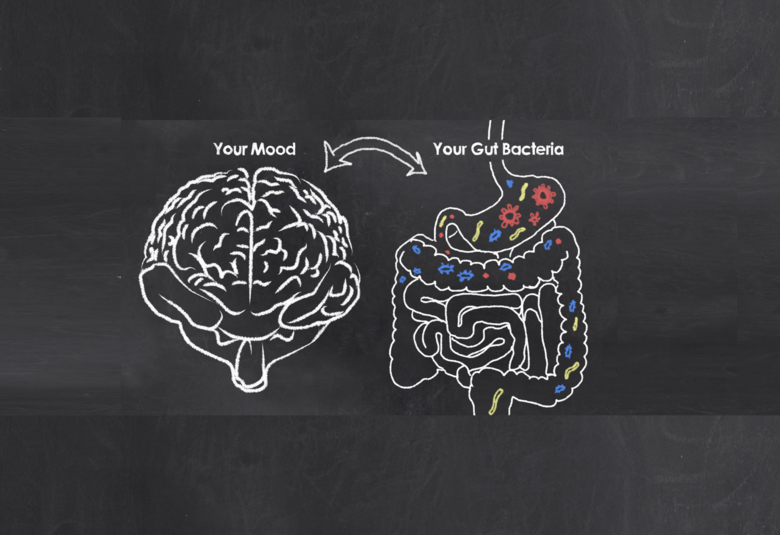The weight of microbes in our gut is about the same as the weight of our brain. Almost certainly that is merely a fascinating coincidence of nature. But we and our gut microbiome have a long history of evolving together, each dependent on the other for survival. John Cryan (University College Cork, Ireland) raised the possibility that recent changes in diet may have radically altered our gut flora, and that poor mental health could be the consequence.
The microbiome of Tanzanian people following a traditional lifestyle, with food availability that changes with the seasons, is considerably more diverse than in western nations.1 And, as with many aspects of life, it seems that diversity is good.
Taking the long view
Our state of gut affects our state of mind
As much of mankind moved from a hunter-gatherer existence to become settled farmers and then city dwellers, we may have lost some of our microbial partners along the way. Why might that matter?
One way of establishing what the microbiome does is to see what happens when it is missing. Germ free animals show dysregulated myelination, impaired hippocampal neurogenesis, altered synaptic plasticity and dendritic growth, and microglial activation.2 In short, the brain does not develop properly, Professor Cryan told the Barcelona Congress of ECNP. Our state of gut affects our state of mind.
Early stress reduces the diversity of gut bacteria in rats
But it is a two-way street, since our mind probably also affects our gut. Or, at least, this can be inferred from experiments showing that early life stress alters the microbiota of rats (along with their behavior and immune system). Rat pups separated from their mothers shortly after birth have a less varied microbiome than those not suffering maternal deprivation.3
A lesson learned from Bulgarian bacteria
Metchnikoff, whose discovery of phagocytes won him a Nobel Prize in 1908, was probably the first to attribute health in old age (in this case rural Bulgarians) to their consumption of lactic-acid producing bacteria in yoghurt. Though it took another eighty years for the science of probiotics to become accepted, there is now evidence to support links between diet, the microbiome and good health.4
We can target the microbiome to attenuate the effects of stress
How does the microbiome signal to the brain? One way may be via the vagus nerve. The gut behaves like a huge sensory organ, constantly feeding the brain with information. There may also be interaction through neurotransmitters: for example, 90% of our serotonin is synthesized in the gut.5
It may also be that short chain fatty acids are involved. And this year has seen publication of potentially important work in mice showing that the anhedonia, heightened stress response and increased intestinal permeability caused by repeated psychosocial stress can be countered by administration of short-chain fatty acids.6
The fact that these fatty acids derive in large part from the microbial fermentation of dietary fiber suggests ways we could modify our own diet. Fiber, omega-3 fatty acids, polyphenols (found in nuts, seeds and olive oil), yoghurt and fermented foods such as sauerkraut are all among Professor Cryan’s list of prebiotics, which he describes as the fertilizer on which probiotics thrive.
Probiotics, prebiotics and psychobiotics?
Do we have evidence that targeting the microbiome can modulate the effects of stress and depression?
Prebiotics have been shown to have anxiolytic and antidepressant effects, albeit so far only in mice.7 In the clinical context, Undine Lang (University Psychiatry Clinic, Basel, Switzerland) drew attention to the prospective SMILES trial in which 67 people with moderate to severe depression were randomized to a dietary intervention or a control group who received social support.8 At twelve weeks, the dietary intervention group showed significantly greater improvement on the MADRS.
It is a small study but perhaps a pointer along the way towards a new, psychobiotics-based approach to therapy.




